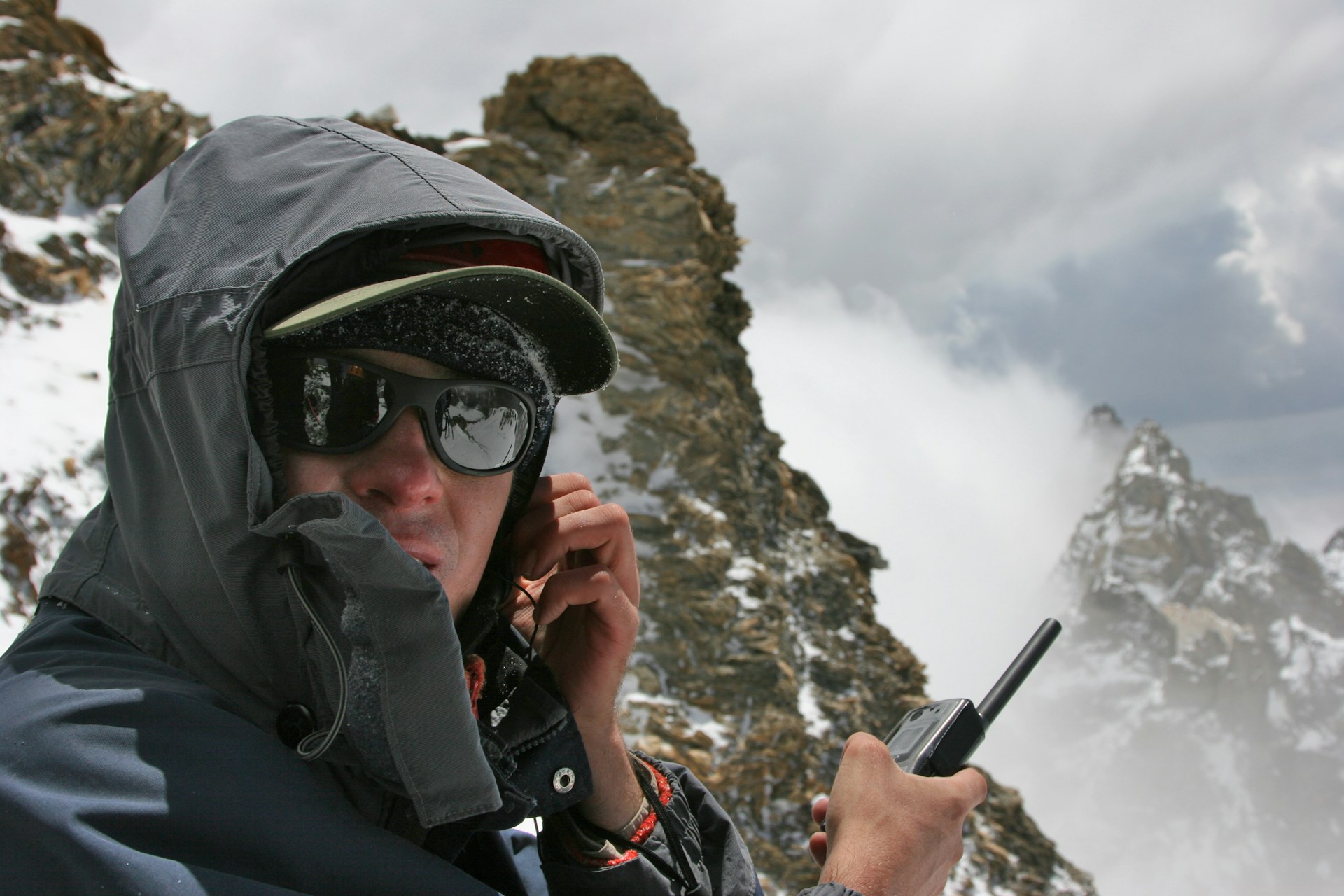In times of crisis, communication is paramount. Whether it’s a natural disaster, a power outage, or any other emergency situation, staying connected with loved ones and emergency services can make all the difference. When traditional communication lines go down, having reliable emergency communication devices can be a lifesaver. In this blog post, we’ll explore some of the most effective emergency communication devices that can keep you connected when you need it the most.
1. Two-Way Radios (Walkie-Talkies)
Two-way radios, commonly known as walkie-talkies, are a popular choice for emergency communication. They are portable, easy to use, and do not rely on cellular networks or internet connections. Two-way radios operate on specific radio frequencies, allowing users to communicate over short to medium distances. They are ideal for family communication, coordination among a group, and staying in touch with neighbors during emergencies.
Modern two-way radios come with various features such as long battery life, weather resistance, and multiple channels to minimize interference. Some models also offer privacy codes to ensure secure communication. The range of two-way radios varies depending on the terrain and obstacles, but they typically work well within a few miles.
2. Satellite Phones
Satellite phones are an excellent option for communication when traditional networks are unavailable. Unlike regular cell phones, satellite phones connect directly to satellites orbiting the Earth, providing coverage in remote areas and during network outages. They are particularly useful for travelers, hikers, and residents in rural areas.
Satellite phones offer voice calling, texting, and even internet access in some models. However, they can be expensive to purchase and operate, with costs for the device, service plans, and per-minute usage fees. Despite the cost, the reliability and global coverage of satellite phones make them an invaluable tool for emergency communication.
3. Personal Locator Beacons (PLBs)
Personal Locator Beacons (PLBs) are compact, handheld devices designed to send distress signals in life-threatening situations. When activated, a PLB transmits a distress signal to a network of satellites, which then relays the signal to a global network of search and rescue organizations. The signal includes the user’s GPS coordinates, enabling rescuers to locate them quickly.
PLBs are particularly useful for outdoor enthusiasts, such as hikers, climbers, and boaters, who may venture into remote areas with limited communication options. While PLBs do not offer two-way communication, their primary function is to alert rescuers and provide location information, making them a critical tool for emergencies.
4. Emergency Radios
Emergency radios, also known as weather radios, are designed to receive broadcasts from the National Oceanic and Atmospheric Administration (NOAA) and other emergency services. These radios provide real-time information on weather conditions, emergency alerts, and disaster updates. Many emergency radios are equipped with multiple power sources, such as batteries, hand cranks, and solar panels, ensuring they remain operational during power outages.
Some emergency radios also include additional features like flashlight functionality, USB charging ports for other devices, and two-way communication capabilities. Having an emergency radio on hand can keep you informed and prepared during crises.
5. Mobile Apps and Services
Several mobile apps and services are designed to facilitate communication during emergencies. These apps often work by creating a mesh network, allowing devices to communicate with each other without relying on traditional cellular or internet connections. Some popular emergency communication apps include:
- Zello: A push-to-talk app that turns your smartphone into a walkie-talkie, allowing you to communicate with others in real-time.
- Bridgefy: An offline messaging app that uses Bluetooth to create a mesh network, enabling communication even when cellular networks are down.
- FireChat: Another offline messaging app that uses Bluetooth and peer-to-peer Wi-Fi to connect users.
While mobile apps can be convenient, they typically rely on having other users within proximity who also have the same app installed. Additionally, the effectiveness of these apps can be limited by device battery life and range.
6. HAM Radios
Amateur radio, commonly known as HAM radio, is a versatile and reliable form of communication that has been used for decades. HAM radio operators use a wide range of frequencies and equipment to communicate over short and long distances. During emergencies, HAM radio operators play a crucial role in relaying information and coordinating rescue efforts.
To operate a HAM radio, you need to obtain a license from the Federal Communications Commission (FCC). The licensing process involves passing a test that covers basic radio theory, regulations, and operating procedures. While it requires some initial investment in equipment and training, HAM radio provides a robust and flexible communication solution for emergencies.
7. Text Messaging and Social Media
Even when voice calls fail, text messaging and social media can still be effective means of communication during emergencies. Text messages use less bandwidth than voice calls, making them more likely to get through congested networks. Additionally, social media platforms like Facebook and Twitter can be used to share updates and information with a broader audience.
However, these methods rely on the availability of cellular networks or internet connections, which may not be reliable during severe outages. Nevertheless, they can be useful as supplementary communication tools.
In times of emergency, staying connected with loved ones and emergency services can be a matter of life and death. Investing in reliable emergency communication devices ensures that you are prepared for any situation, whether you’re at home, on the road, or exploring the great outdoors. From two-way radios and satellite phones to emergency radios and HAM radios, each device offers unique advantages to keep you connected when traditional lines go down. By understanding the capabilities and limitations of these devices, you can make informed decisions and enhance your preparedness for emergencies.

Leave a Reply